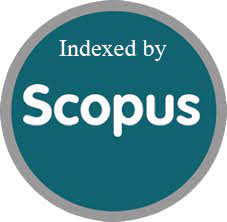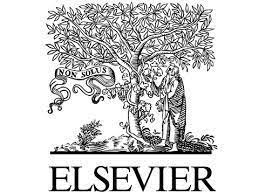Employee Motivation & Productivity: How different incentive models impact workplace efficiency.
DOI:
https://doi.org/10.84761/mj7bz073Abstract
This study explores the relationship between employee motivation, productivity, and the effectiveness of different incentive models in the workplace. It examines how financial, non-financial, and mixed incentive models influence employee performance and overall workplace efficiency. A sample of 100 employees was selected, and productivity scores were recorded under each incentive model. The data were analyzed using descriptive statistics, ANOVA, T-tests, and correlation analysis to assess the impact of these incentive models on productivity. The findings indicate that while financial incentives boost productivity in the short term, mixed incentives tend to produce the highest overall performance levels, fostering long-term engagement and motivation. Non-financial incentives, although beneficial for employee satisfaction, showed a relatively weaker impact on productivity compared to financial and mixed models. The study further highlights that a combination of both financial and non-financial rewards is most effective in creating a motivated and productive workforce. Confidence intervals and reliability tests were used to ensure the accuracy and consistency of the results. This research provides valuable insights for organizations seeking to optimize their incentive structures to enhance employee performance, engagement, and satisfaction. It suggests that tailored incentive models are essential for maximizing productivity and fostering a positive work environment.









